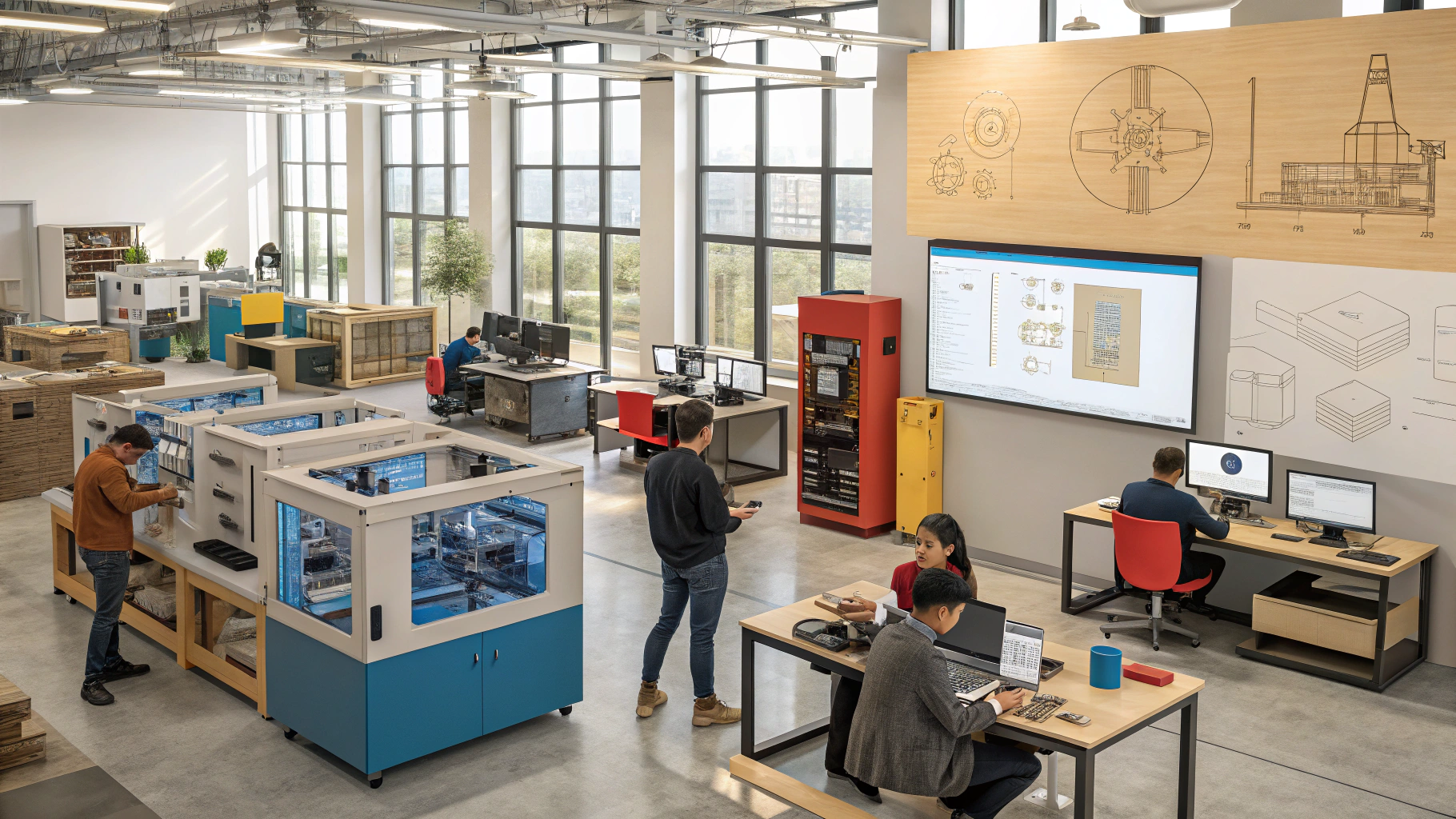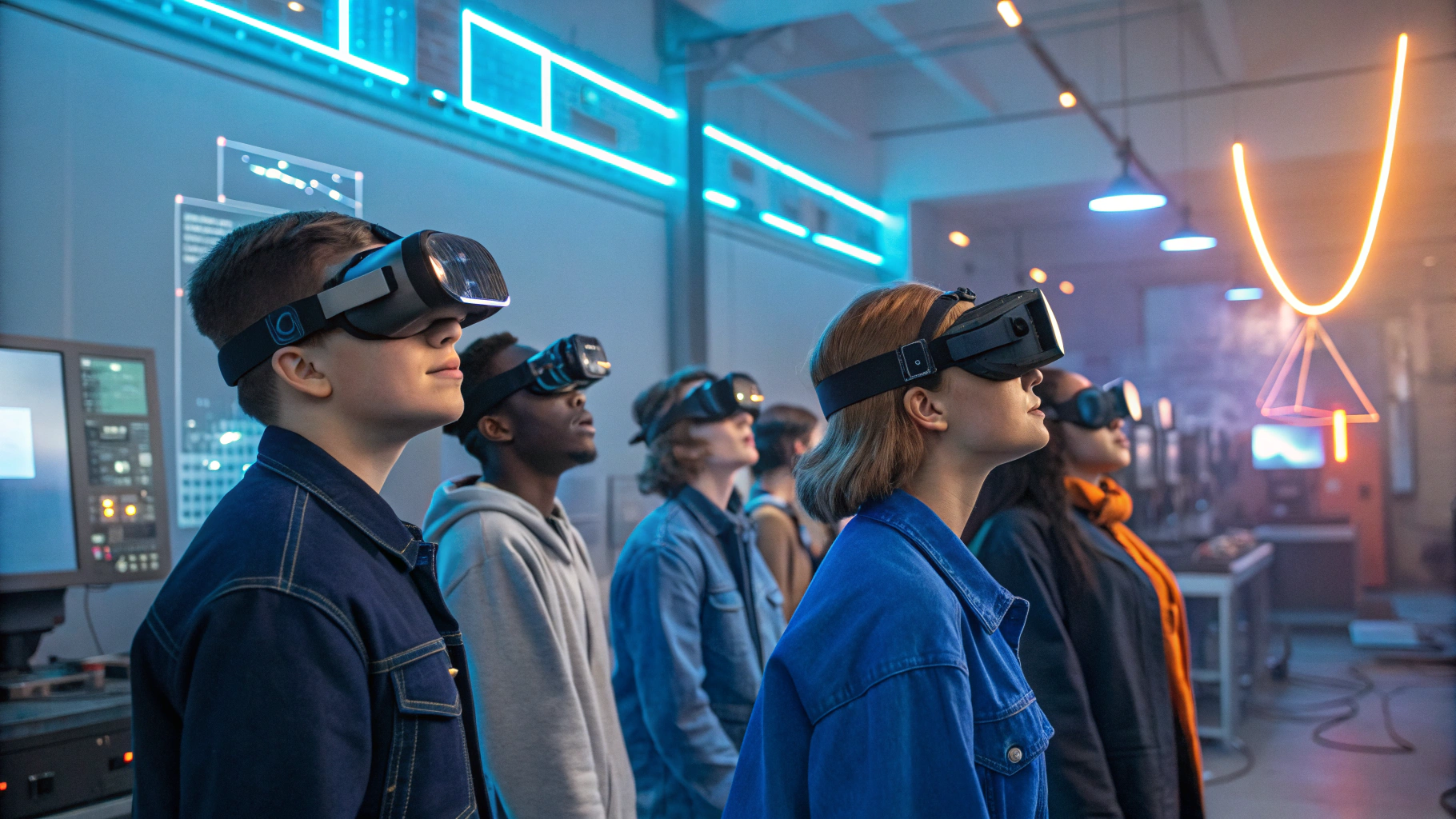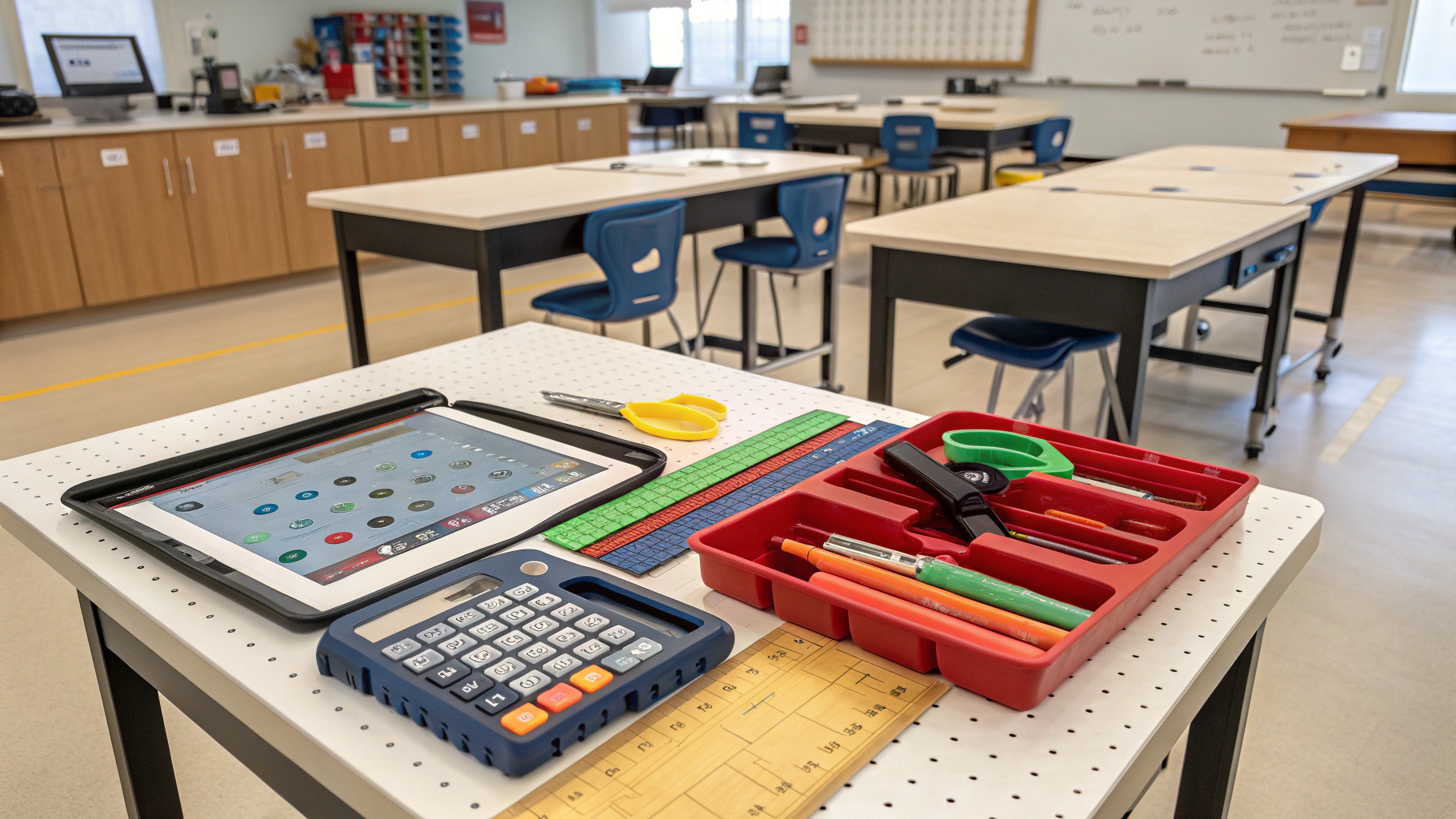Trade schools are training tomorrow's skilled workers, but here's what really makes a difference is having equipment and facilities that match what students will face on the job. When you're teaching electricians to work with smart grid technology or getting HVAC students ready for geothermal systems, every tool and classroom setup matters. It's all about finding the right mix of safety, current technology, and flexibility. Here's how educators and administrators can build programs that send students straight into good jobs.

1. Safety and Curriculum Alignment: Non-Negotiable Priorities
Trade program resources must meet two critical benchmarks: protecting learners and teaching precise skills.
OSHA-compliant safeguards like emergency shut-off switches and machine guards prevent accidents during hands-on practice. Arkansas’s welding programs, for instance, reduced injuries by 40% after adding protective shields to all grinders in 2024 1. Equipment must also align with Career and Technical Education (CTE) goals, like using the same robotic arms automotive manufacturers install on assembly lines. As one instructor at Ohio’s Belmont College notes:
“Our students troubleshoot real forklift PLC systems, not classroom imitations. That’s why 90% get hired before graduation.”

2. Industry Partnerships: Bridging the Skills Gap
Vocational school facilities thrive when built alongside employers.
Collaborations with companies like Tesla and Siemens have transformed training labs. Michigan’s Macomb Community College redesigned its mechatronics lab with input from local automakers, resulting in workstations that replicate actual EV battery assembly lines. These partnerships also provide equipment donations, Lincoln Electric’s $500k welding gear donation helped Cuyahoga Community College double its class capacity 2.

3. Budget-Smart Procurement Strategies
Financial constraints demand creativity, not compromise.
Leasing high-cost items like CNC machines preserves capital while ensuring access to modern tools. Tulsa Welding School used federal Perkins Act grants to retrofit workshops with ventilation systems that filter toxic fumes, a key factor in their 22% enrollment jump last year 3. Multi-use equipment matters too: combination 3D printer/laser cutters let graphic design and carpentry students share resources without sacrificing quality.

4. Immersive Tech: VR, AI, and Beyond
Tomorrow’s vocational school facilities blend physical and digital learning.
Augmented reality (AR) welding simulators let students practice dangerous joins risk-free, while AI-powered software adapts electrical coursework based on each learner’s progress. Pennsylvania’s Thaddeus Stevens College credits its VR pipefitting lab with a 30% increase in certification pass rates. “Trainees can flood a virtual system 100 times until they master valve adjustments,” explains lead instructor Marcus Lee.

5. Facility Design: Simulating Real Work Environments
Effective trade program resources recreate workplace challenges.
Iowa’s Kirkwood Community College built a mirrored HVAC lab where students install systems in a “home” half while instructors monitor performance via sensors in the duplicate space. Similarly, Tennessee automotive programs use apprenticeship-style bays, novices rotate between supervised repairs and solo diagnostics, mimicking dealership workflows.

6. Maintenance Systems That Prevent Downtime
Predictive maintenance keeps equipment running smoothly.
Madison College slashed repair costs by 60% using IoT sensors that alert staff about failing compressor parts before breakdowns occur 4. Quarterly calibrations via computerized maintenance management systems (CMMS) ensure precision tools like micrometers stay accurate, preventing flawed student projects.
7. Equity and Accessibility in Resource Allocation
Every student deserves equal access to quality tools.
After California audits revealed disparities in machining equipment between campuses, Paramount Unified School District standardized lathes and CAD software district-wide. Schools also now use ADA-compliant adjustable workbenches, ensuring wheelchair users can operate CNC controls comfortably.

8. Sustainability and Future-Proofing
Trade school programs must prepare for green economy shifts.
Solar panel installers training on waterproof UL-certified connectors, wind techs practicing turbine repairs with torque simulators, these resources align with renewable energy hiring surges. Modular labs allow quick pivots; Austin’s ACC added biofuel labs in eight weeks by reconfiguring existing automotive spaces.

9. Measuring Success Through Job Placements
Equipment investments prove their worth when graduates excel.
When trade schools actually match their tools to what employers want, it works. Take Denver's Red Rocks Community College, after they upgraded to AI-powered logistics software, 50% more of their supply chain grads got hired. "Companies want people who already know their systems," explains career director Elaine Torres.
The best programs don't just buy equipment and call it done. They create spaces that feel alive and current, from OSHA-certified tool sets to VR training that mirrors real job sites. Everything should connect what happens in class to what happens at work. Industries change fast, so schools need equipment that doesn't just teach today's skills but builds workers who can adapt and grow with whatever comes next.

